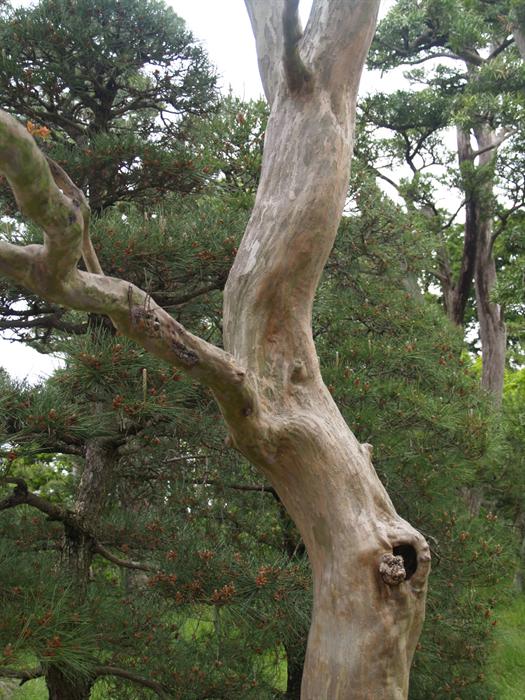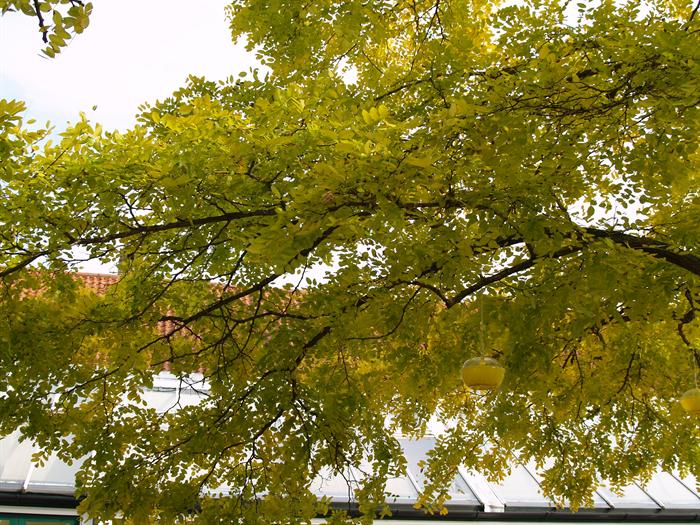 Arborists or Arboriculturists are people who look after trees. Some are self employed, others may work within contracting business or for a public authority. Some arborists focus on providing a specific service while others provide a broad range of services.
Arborists or Arboriculturists are people who look after trees. Some are self employed, others may work within contracting business or for a public authority. Some arborists focus on providing a specific service while others provide a broad range of services.
The scope and nature of work in a particular job may depend on a range of things including the resources available (manpower, expertise, machinery) and the sites you are working on.
Arborists who work with electricity authorities may be focussed on keeping branches clear of power lines; arborists who work in urban areas may be concerned with controlling damage to structures and safety for people, and arborists who work for a forestry authority may be more concerned about timber production.
Typical Jobs
Not all artborists undertake all tasks listed, but these are tasks which may be commonly undertaken by an arborist:
- Climbing, lopping; pruning
- Operating machinery (Chain saws, wood chippers, hydraulic pruners, stump grinders, tractors, travel towers),
- Tree planting, irrigation, fertilising, pesticide application, re-vegetation treatments of degraded sites,
- Tree felling, timber harvesting,
- Consulting, conducting safety assessments
- Root pruning, transplanting large trees,, stump removal, mulching.
- Rope work (eg. to control dropping of branches or trees)

Remuneration and Advancement Opportunities
A skilled arborist is able to earn as much as a skilled tradesman in the highest paid trade. Public authorities and private contracting companies will value their best and most skilled tradesmen. Potential earnings are greater if you are self employed; but to be successfully self employed requires business and management skills in addition to arboriculture skills.
The hard physical work of climbing, cutting and lifting can wear the body; and many arborists find this type of work a strain by the time they reach middle age. Ideally by that time an arborist has a vast amount of skill and experience though; and that will make them into a valuable supervisor, manager or consultant.
Risks & Stresses
The job can be very physical. Without care and proper safety practices, back injuries, machinery accidents, chemical poisoning and other problems can be a higher risk in this vocation than many others. On the other hand, routine physical activity involved here can keep a person very fit.
While self employed arborists can earn the most money, they can also risk greater stress, particularly if they are under financed or poor at managing money and a timetable of jobs.
How to Distinguish Yourself from the Competition
Some arborists specialise and become the "expert" in their locality or region, with respect to dealing with a certain type of problem.
One way to specialize is to own "specialist equipment that your competitors do not have, for example:
- An extra heavy duty wood chipping allows you to dispose of prunings faster than others.
- A stump grinding machine allows you to remove below ground tree stumps that other local arborists have difficulty with
- A small travel tower allows you to access places that a big travel tower cannot access (eg. big trees in small enclosed gardens)
- A big travel tower allows you to access places that a small tower cannot reach
Another way to distinguish yourself is to develop a specialist area of knowledge for example:
- You may specialise in a particular type of tree (eg. eucalypts, oaks, deciduous trees, etc)
- Specialise in climbing and tree surgery (cavity work, bracing and cabling etc)
- Specialise in identifying and treating specific types of pests or diseases.
Insurance
Consider Professional Indemnity Insurance if you are advising people about horticulture. Also seriously consider Public Liability insurance; and discuss other possible needs with an insurance expert.
Pathways to a Career
There are many pathways to becoming an arborist. For some it is through a formal course, others working as a labourer on the job, and yet others come to arboriculture through something that might not appear as a pathway to this type of career; for example:
- Through rock climbing as a hobby, a person gets employed and trained to climb and cut trees
- Through studying environmental science or botany, a person gets a job in conservation and management of trees which leads on to arboriculture
- Through general gardening, a person gradually moves to specialise in trees
- Through an interest in (or working with) machinery, a person specialises in machines used for arboriculture.
Developing Your Skills
If you are serious about a career, you are best to consider a course of around 500 hours duration or longer as a minimum training. A shorter course, whether a certificate or just short course, can provide a taste and starting point; but something substantial is needed if you are to be able to work safely and with competence in this industry. Even then, a course only provides the foundation. In addition, you need to work with a competent arborist for at least a year (maybe 2) before considering working alone.
Study Options to Consider:
Certificate in Arboriculture http://www.thecareersguide.com/product.aspx?id=104
Advanced Certificate in Arboriculture http://www.thecareersguide.com/product.aspx?id=109